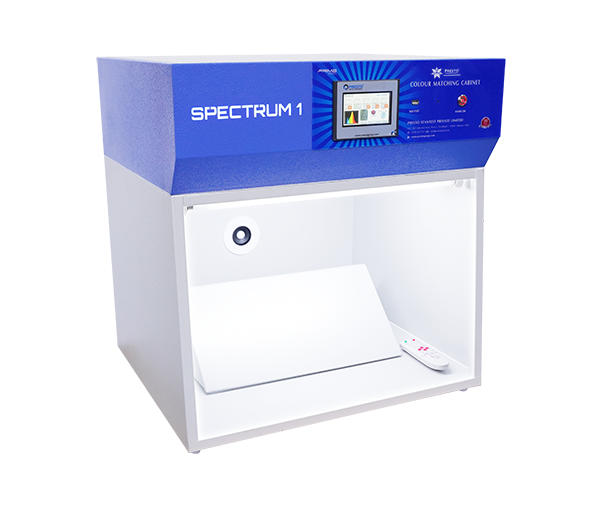peel strength tester
In various
industries, the reliability of adhesive bonds is critical to product
performance and safety. Whether in packaging, electronics, automotive, or
construction, understanding how well materials adhere to one another is
essential. This is where a peel strength tester comes into play. This
specialized instrument measures the adhesive strength between two bonded
surfaces by applying a controlled force to pull them apart, providing valuable
insights into the effectiveness of adhesives and bonding materials.
The
Importance of Peel Strength Testing
Peel
strength testing is crucial for several reasons. First, it ensures that
adhesive products meet industry standards and regulatory requirements. For
instance, in the food packaging industry, the integrity of seals is vital for
product freshness and safety. In electronics, proper adhesion between
components can prevent failures that may lead to malfunction or safety hazards.
Therefore, manufacturers must evaluate their adhesive products rigorously to
ensure quality and reliability.
Moreover,
peel strength testing helps in the development of new adhesive formulations. By
understanding how different materials interact and bond, manufacturers can
innovate and improve their products, leading to better performance in
real-world applications. This testing is not only about measuring strength; it
also offers insights into the durability and longevity of the adhesive bonds
under various conditions.
How Peel Strength Testers Work
A peel
strength tester operates by applying a controlled force to a sample of bonded
materials. The test typically involves placing two surfaces together with an
adhesive, allowing it to cure as per the manufacturer’s instructions. Once
cured, the samples are mounted onto the testing machine, where one side is
anchored while the other side is pulled away at a specific angle—commonly 90
degrees or 180 degrees.
During the
test, the machine measures the force required to peel the two surfaces apart.
This data is recorded and analyzed to determine the peel strength, usually
expressed in units like pounds per inch (lb/in) or Newtons per meter (N/m). The
results can indicate how well the adhesive performs under different conditions,
such as temperature fluctuations, humidity, or mechanical stress.
Types of Peel Strength Tests
There are
several standardized methods for conducting peel strength tests, including:
1. 90-Degree Peel Test: In this method, one surface is
pulled away from the other at a right angle. It simulates real-world scenarios
where surfaces might be pulled apart directly.
2. 180-Degree Peel Test: Here, the two surfaces are pulled apart at
a flat angle, which can provide insights into how the adhesive behaves under
shear forces.
3. T-Peel Test: This test involves a configuration
where two strips are bonded together and pulled in opposite directions,
providing a unique perspective on adhesive performance.
Each method
has its applications, and the choice of test depends on the specific
requirements of the material and the intended application.
Conclusion
Peel
strength testers are indispensable tools in quality control and product
development across various industries. By measuring adhesive performance, these
testers help manufacturers ensure that their products are safe, reliable, and
of high quality. With advancements in technology, modern peel strength testers
are becoming more sophisticated, offering enhanced accuracy and efficiency. As
industries continue to evolve and demand higher standards, the role of peel
strength testing will only grow in importance, paving the way for innovation
and improved product reliability.
Email :- info@prestogroup.com
Call Now: +919210903903

Paper Testing Instruments - Are you looking for paper testing instrument manufacturers in India. Get all types of paper testing instruments from top manufacturers of India at affordable prices. Visit: Paper Bursting Strength Tester Single Gauge
ReplyDeleteCanadian Freeness Tester
Cobb Sizing Tester
Core Cone Collapsing Strength Tester
Digital Brightness Tester ISO Standard